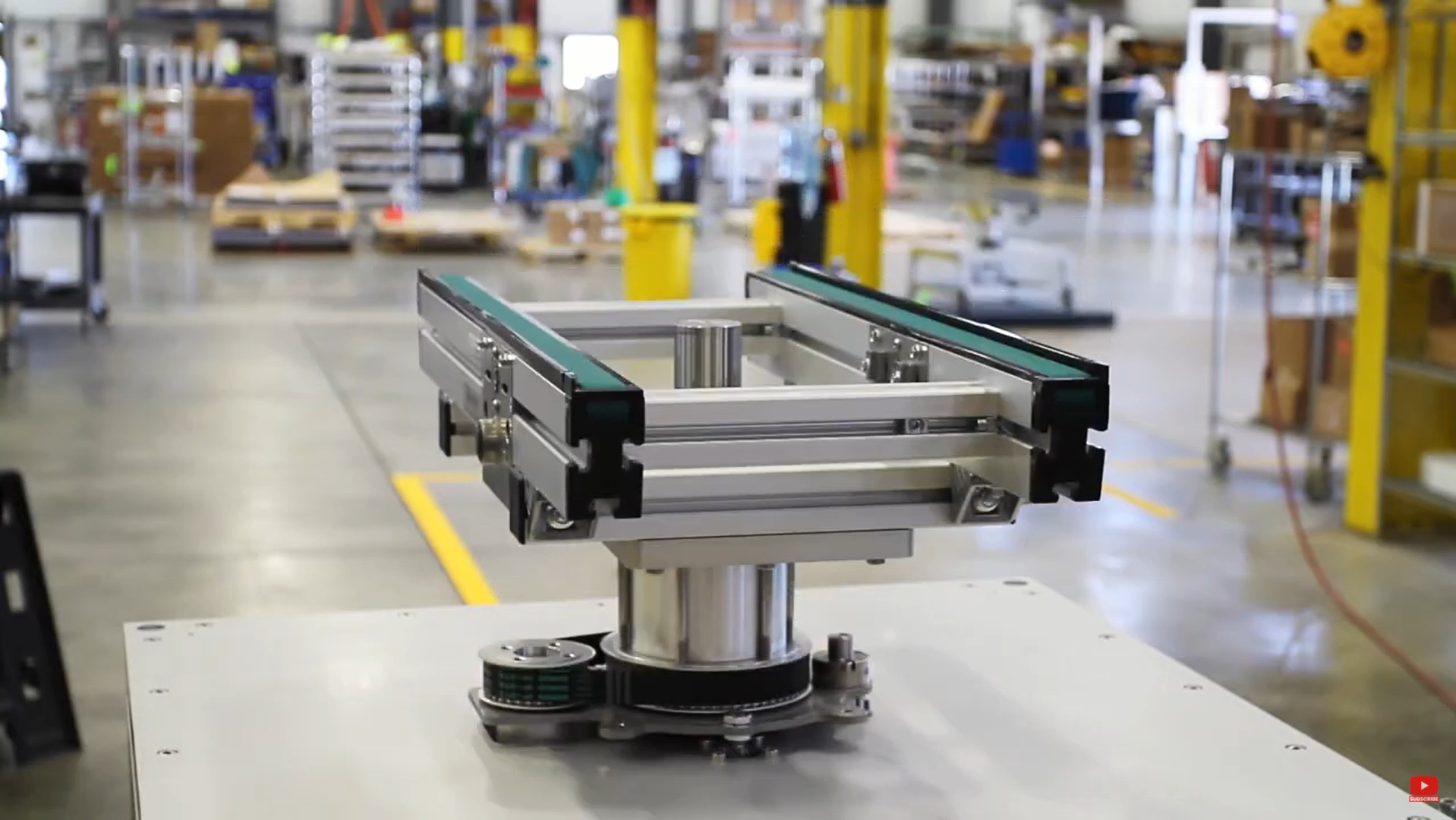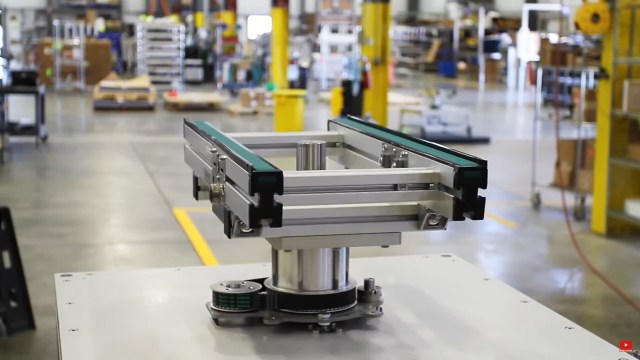The Benefit of Flexible Conveyor Workstations for Manufacturing

In today’s manufacturing landscape, adaptability isn’t just a competitive advantage — it’s a necessity. Product mixes change faster, customization is on the rise, and companies need ways to keep production flowing without rebuilding entire lines. That’s where flexible conveyor workstations come in.
Glide-Line’s modular conveyor systems are designed to give manufacturers the ability to adapt, reconfigure, and scale operations with minimal downtime. In this article, we’ll break down what makes flexible conveyor workstations so powerful, the benefits they bring to production environments, and how Glide-Line solutions deliver the flexibility modern manufacturing demands.
What Is a Flexible Conveyor Workstation?
A flexible conveyor workstation is a production setup where conveyors, work surfaces, and accessories can be reconfigured quickly to match evolving production needs. Unlike fixed stations, these systems are:
- Modular: Components can be swapped, added, or rearranged.
- Adjustable: Conveyor paths, workstation layouts, and heights can be tailored to specific tasks.
- Scalable: Systems can expand or contract depending on production demand.
This flexibility ensures manufacturing lines can keep up with changing SKUs, seasonal demand, and product innovations without costly retooling.
The Challenges of Traditional Fixed Workstations
Traditional conveyor workstations have clear limitations:
- High downtime during changeovers
- Inflexibility for new product sizes or shapes
- Space inefficiencies in facilities where lines must adapt to different processes
- Long ROI cycles due to expensive redesigns or rebuilds
As manufacturers move toward high-mix, low-volume production, these limitations become more costly.
Glide-Line Solutions That Enable Flexibility
Glide-Line offers a wide range of conveyor systems and accessories that make flexible workstation design simple:
- FlexMove Conveyors
Modular conveyors designed for reconfigurable layouts, tight turns, inclines, and vertical movement — perfect for dynamic workstation setups.
- Glide-Line 360
A customizable platform that enables multi-directional movement with lifts, shuttles, rotates, and transfers.
- Zero Contact Zoned Conveyors
Intelligent accumulation that allows products to flow without collisions or jams, reducing downtime and product damage.
- Timing Belt & Multi-Strand Conveyors
Ideal for pallet transport and workstation flexibility when handling multiple product types.
- Custom Devices & Accessories
Including lift & locate units, vertical transfers, rotation units, and more — all designed to integrate seamlessly into modular layouts.
Business Benefits of Flexible Conveyor Workstations
Switching to flexible workstations provides measurable ROI for manufacturers:
- Reduced Downtime
Quick reconfiguration means faster changeovers and less production interruption.
- Scalability
Lines can grow or shrink depending on market demand, avoiding large capital expenses.
- Improved Throughput
By eliminating bottlenecks and idle time, flexible stations increase efficiency.
- Operator Safety & Ergonomics
Adjustable layouts reduce strain, improve workflow, and enhance workplace safety.
- Lower Maintenance Costs
Modular components are easy to replace, reducing downtime from unexpected failures.
Use Cases: Flexible Workstations in Action
- Electronics Assembly: Multiple SKUs, frequent product updates, and delicate handling requirements benefit from zone-controlled conveyors and modular reconfigurations.
- Medical Device Manufacturing: Flexible layouts accommodate new product introductions without shutting down production.
- Packaging & Consumer Goods: Seasonal spikes (holidays, promotions) require lines that can expand quickly and contract just as easily.
Design Considerations for Flexible Workstations
When designing a workstation around flexible conveyors, manufacturers should evaluate:
- Facility footprint and space efficiency
- Product characteristics (weight, size, fragility)
- Integration with robotics, vision systems, or other automation equipment
- Future-proofing — choosing modular systems that can grow with production needs
Frequently Asked Questions
What is the biggest advantage of a flexible conveyor workstation?
The ability to adapt quickly to new products or processes without major downtime.
Can flexible conveyors handle heavy products?
Yes — Glide-Line’s timing belt and multi-strand conveyors are specifically designed for heavier loads.
Are flexible conveyor systems more expensive?
Upfront costs may be comparable, but ROI is faster due to reduced downtime, scalability, and lower long-term maintenance.
Conclusion
Manufacturers can’t afford to stay rigid in today’s fast-changing markets. Flexible conveyor workstations empower operations with the adaptability to handle shifting product demands, scale efficiently, and improve overall productivity.
With modular, reconfigurable solutions like FlexMove, Glide-Line 360, and Zero Contact Zoned Conveyors, Glide-Line makes it simple to design flexible workstations that pay off in reduced downtime and increased throughput.
👉 Contact Glide-Line today to explore how a flexible workstation design can future-proof your production line.
